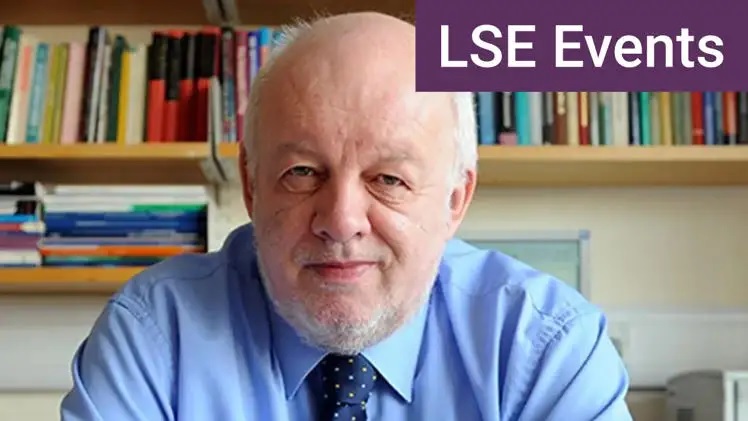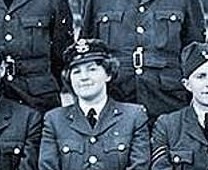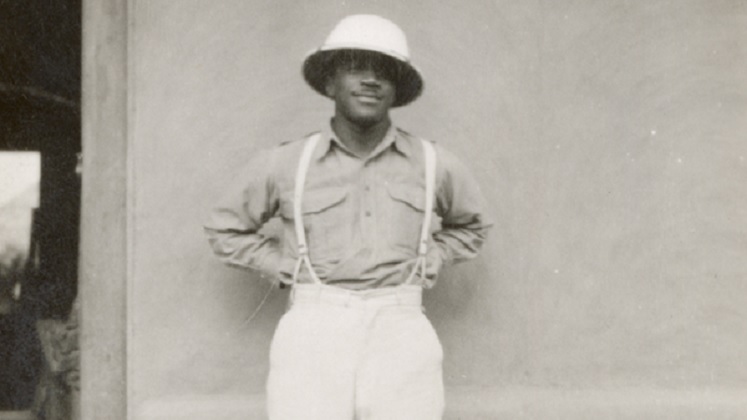The Graham Wallas Room on the fifth floor of the Old Building is named in honour of perhaps the least known of the quartet of LSE Founders – the political psychologist, Graham Wallas (1858-1932). LSE Archivist, Sue Donnelly, writes about the man and his portrait recently installed in the Graham Wallas Room.
In August 1894 Graham Wallas was a house guest of Beatrice and Sidney Webb at Borough Farm in Surrey when Sidney Webb discussed his plans for the London School of Economics and Political Science with his wife Beatrice, Wallas and G Bernard Shaw who had cycled over for breakfast.
Graham Wallas was Sidney Webb’s first choice for the post of Director but he turned down the post. He did deliver the School’s first political science lectures, on the English Constitution since 1832, a course of 20 lectures at 6.30pm on Tuesdays. He also supervised the student classes in political science.
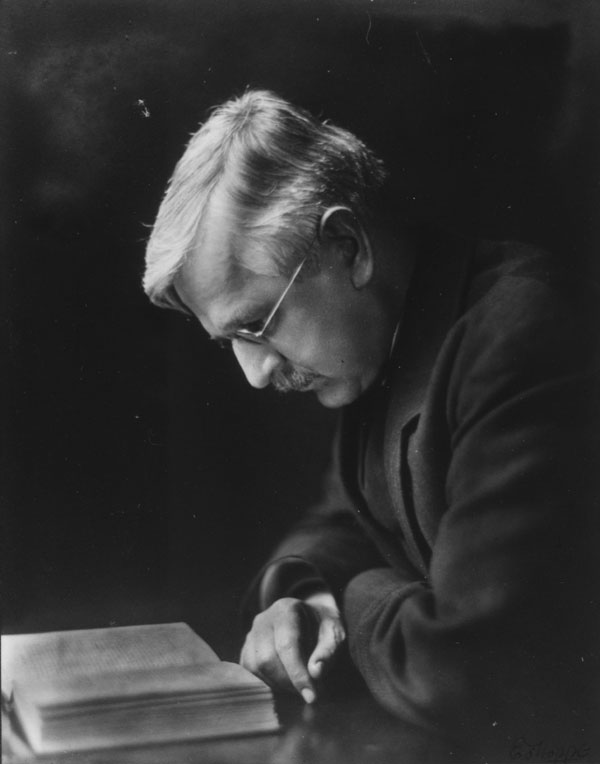
Wallas was born in 1858 in Sunderland where his father was a curate, but the family later moved to Devon. After Oxford he became a schoolteacher but resigned his post at Highgate School, where one of his colleagues was the poet T S Eliot, as he was unable to honestly participate in the religious life of the school. Through his college friend Sydney Olivier he had met Sidney Webb and G Bernard Shaw and all four became members of the Fabian Society. Wallas was best man at Sidney and Beatrice Webb’s wedding in 1892. Graham Wallas resigned from the Fabian Society in 1904 but remained on good terms with his friends and LSE. In 1914 he was appointed Professor of Political Science and on his retirement in 1923 he continued as emeritus professor and occasional lecturer.
A frequent visitor and lecturer in the United States, Graham Wallas also played a key role in linking the School to the Rockefeller Foundation, a major School funder during the 1920s and 1930s. Graham Wallas’s publication in 1908 of Human Nature in Politics is one of the founding works of political psychology and this and his later works The Great Society (1914) and Our Social Heritage (1921) investigated the psychological basis of democratic and urban societies. On his death in 1932 his LSE colleague Harold Laski described him as “the supreme teacher of social philosophy”.

Sir William Rothenstein’s portrait of Graham Wallas was undertaken in 1923, the year of Wallas’s retirement from LSE. There is no information about the provenance of the portrait but it may have been commissioned to mark the retirement. Sir William Rothenstein, Principal of the Royal College of Art, produced hundreds of informal portraits in chalk on paper and in 1920 published a volume of 24 portraits of public figures – including G Bernard Shaw.
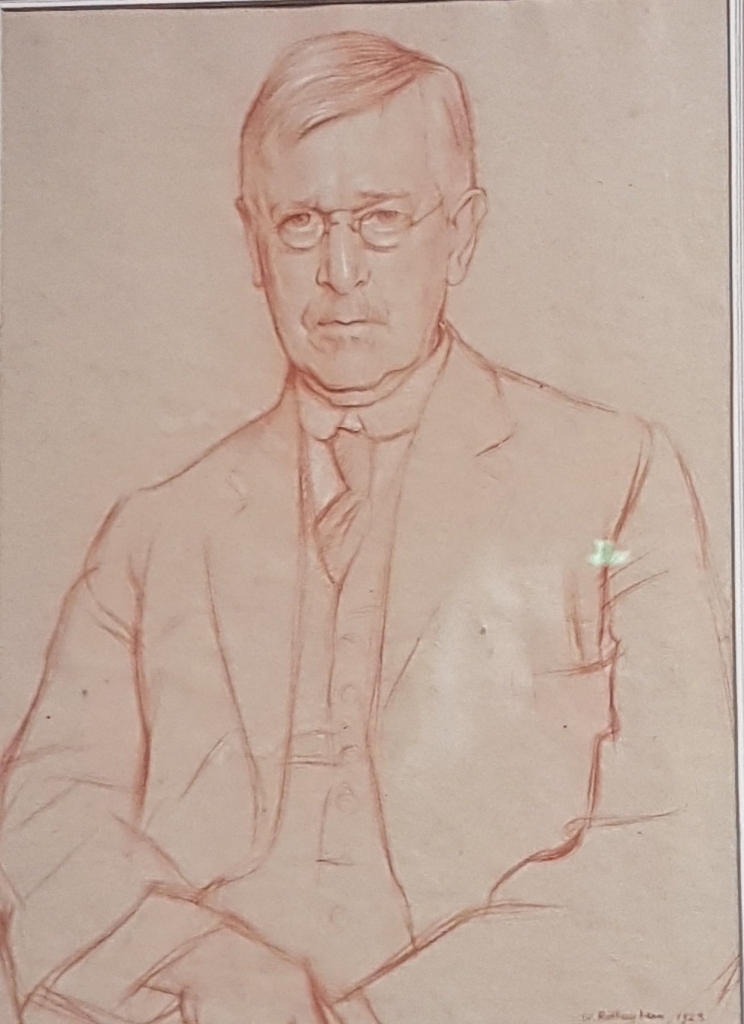
Rothenstein was born in Bradford and studied at the Slade School of Fine Art and the Academie Julian in Paris. As well as being a prolific artist Rothenstein was also a significant commentator on art and aesthetics. During the First World War Rothenstein was a war artist working in France, although his surname led to a mistaken arrest for spying. He was Principal of the Royal College of Art from 1920-1935 where he worked in his studio two days a week and also developed links with the Federation of British Industries.
For some years the portrait languished in a LSE store but it is now on display in the Graham Wallas Room on the 5th floor of the Old Building.



